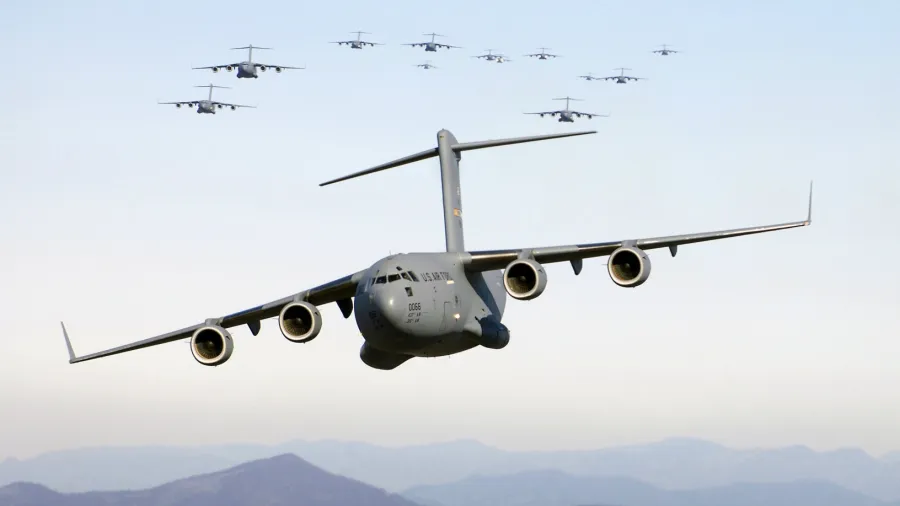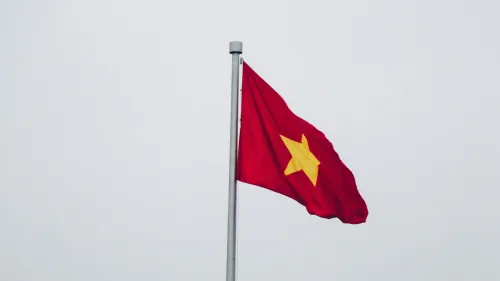
Asia-Pacific builds military defenses in metaverses for modern warfare: report
This could drive metaverse revenue up to $627 billion by 2030.
Countries in Asia Pacific are setting up military defenses in the metaverse to prepare for modern warfare, GlobalData reported.
Metaverse use in military defense covers training and education, logistics, battle management, and frontline service.
“By far the largest use case is training, which the metaverse could transform. Metaverse-enabling technologies like augmented reality (AR) and virtual reality (VR) have been staples in pilot training programs for decades, given aircraft operation costs, the cost of the aircraft itself, and the inherent dangers of flying,” Benjamin Chin, Associate Analyst, Thematic Intelligence team at GlobalData, said.
“As military organisations transition to commercial off-the-shelf technologies, the use of AR and VR will be expanded to roles other than pilots to accelerate training pipelines.”
China, Singapore, and South Korea are amongst the states that have looked to integrate the metaverse into their military strategies. This was also driven by the invasion of Ukraine, as well as the impending conflict in Taiwan.
In particular, the People’s Liberation Army of China employs Battle Labs, which uses Big Data, AI, and simulations to inform its military modernisation plan.
Singapore and South Korea have also explored the Advanced Tactical Augmented Reality System (ATARS) training solution to provide pilots with in-air combat training through simulation exercises.
“ATARS has been integrated by the US Air Force on the T-38C Talon for the service’s Air Education and Training Command since March 2021. In February 2022, Red 6 was awarded a supplementary contract for its increased and ongoing integration,” Chin also said.
“Singapore and South Korea are interested in deploying Red 6’s M-346 trainer and T-50 trainer, respectively.”
The metaverse is projected to generate $625 billion in revenue by 2030, reflecting a compound annual growth rate of 33% between 2020 and 2030.












